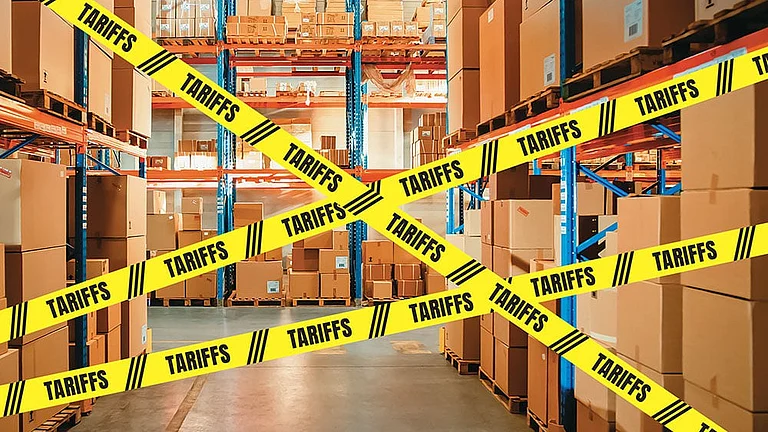India’s photovoltaic (PV) module exports have increased exponentially between financial year 2021-22 and 2023-24, rising more than 23 times, according to a joint report by the Institute for Energy Economics and Financial Analysis (IEEFA) and JMK Research. In FY24, domestic manufacturers exported PV modules worth around $2 billion.
As per the study, a majority of PV exports from India were to the US, accounting for 97 percent of the total exports in FY23 and 99 percent in FY24. India was the fifth-largest exporter of solar PV components to the US in 2023, surpassing South Korea.
This comes in the backdrop of US imposing steep tariffs on PV products from China.
An ongoing investigation over anti-dumping and countervailing duty between US and a host of South Asian countries, including Vietnam, Malaysia, Thailand and Cambodia, catering to more than three-fourths of the US’ annual PV requirements, has also pushed US to explore other markets.
The overall outlook for Indian exports remains bright considering US is one of the largest solar markets in the world in terms of both installations and technology adoption.
What is Fuelling the Rise in PV Exports?
The report lists several factors contributing to the rise of PV module exports. Among the major reasons are reduced demand for domestic modules in India due to delays in lifting the Approved List of Models and Manufacturers (ALMM) mandate of April 2024. This, states the report, has compelled Indian manufacturers to seek opportunities in international solar markets.
Moreover, several countries are considering India as a viable option for their “China Plus One” strategy, contributing to the ongoing boom in India’s PV module exports, added the report.
Domestic PV manufacturers have managed to diversify their revenue base, selling their products at a higher premium abroad. The report also mentions that Indian PV manufacturers could further achieve 40-60 per cent higher profit margins, approximately, on PV module sales in developed nations like the US.
US has been increasing its PV module imports from India in the past few years. Between 2021 and 2023, there has been a more than fourfold increase in India’s share in US solar PV imports from 2.2 per cent to 9 per cent, said the report.
“The exposure to the US market will enable Indian PV manufacturers to attain economies of scale, ultimately enhancing their product quality and competitiveness,” said Vibhuti Garg, director, South Asia, at IEEFA and the contributing author of the report.
Tapping into the Global Market
The report suggests that the Indian PV manufacturers are increasingly focusing on the export market. Three of the largest domestic PV manufacturers—Waaree Energies, Adani Solar and Vikram Solar—accounted for most of India’s exports till FY24. Each of them exported more than half of their annual actual production in FY24.
However, many other PV manufacturers including Grew Energy, ReNew Power, Navitas, Solex Energy and Saatvik Energy, have started pursuing export markets and setting up supply chains abroad, as the report states.
Taking advantage of the incentives offered under the Inflation Reduction Act (IRA) of the US, Waaree Energies and Vikram Solar are planning to set up PV manufacturing capacities in the country. IRA, approved by the US Congress in August 2022, includes grants, loans, tax provisions and other incentives to accelerate the deployment of clean energy.
Striking a Balance: Exports vs Domestic Supply
India, which has traditionally been among the largest importers of solar PV modules, is now taking the centre stage in exports driven by the government’s push for domestic manufacturing. Indian PV manufacturers are increasingly focusing on export markets to access a larger global market, avail higher profit margins and enable economies of scale.
Meanwhile, the report suggests that after accounting for exports, the supply available for domestic consumption in the next two years will only be 21GW and 25GW, which is significantly less than the approximate requirement of 30GW per annum to meet India’s 2030 decarbonisation target.
A supply shortage in the domestic market could potentially impact certain distributed renewable energy segments, like residential rooftop solar, due to their smaller order sizes. Domestic manufactures, therefore, need to strike a balance while catering to both international and domestic markets, states the report.































